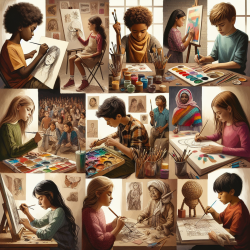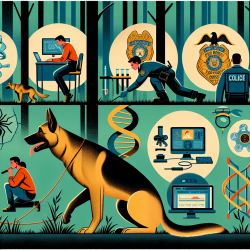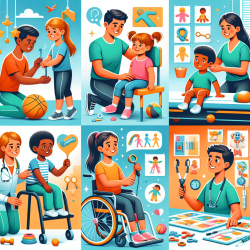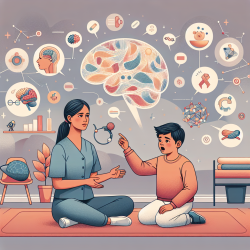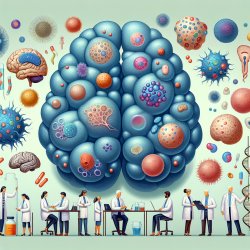As a therapist working in an educational setting, one of the most rewarding aspects of my job is witnessing the progress of students, especially those who have faced significant challenges. Recently, I came across a research study titled "Subjective Experiences of At-Risk Children Living in a Foster-Care Village Who Participated in an Open Studio" that offered profound insights into the transformative power of art therapy for at-risk children. This study is a must-read for practitioners looking to enhance their therapeutic practices.
The research explored the experiences of five children, aged 7-10, living in a foster-care village who regularly attended an open studio art therapy program. The study identified five main themes from the children’s artwork and interviews: engaging in relationships, moving from basic to controlled art expressions, visibility, holding versus falling/instability, and experiencing change. Here are some key takeaways that you can implement in your practice:
Engaging in Relationships
One of the dominant themes was the children's engagement in relationships, both within their artwork and through their interactions in the studio. Art therapy provided a safe space for these children to express their feelings about close relationships, loneliness, and their experiences within the studio. As practitioners, fostering an environment where children feel secure to explore and express these complex emotions is crucial. Encouraging group projects can also help children build new friendships and learn to navigate social interactions positively.
From Basic to Controlled Expressions
The study found that children moved along a continuum from basic, primary art expressions (like smearing and scribbling) to more controlled and detailed expressions. This progression reflects their emotional and cognitive development. To support this growth, provide a variety of materials and allow children the freedom to choose how they express themselves. Gradually introducing more structured activities can help them develop control and confidence in their abilities.
Visibility: Disclosure and Concealment
Visibility emerged as a significant theme, with children expressing the need to be seen and heard while also dealing with aspects of secrecy and concealment. Using materials that allow for layering and covering can help children explore these themes. For instance, providing transparent and opaque materials can enable them to decide what to reveal and what to keep hidden, reflecting their inner world and struggles.
Holding versus Falling/Instability
Children's artwork often depicted themes of stability and instability, with frequent use of frames and containers. These elements symbolize the need for emotional holding and security. As a therapist, you can create a 'holding environment' by being a consistent and reliable presence in the children's lives. Encourage the use of containers and frames in their artwork to help them feel secure and contained.
Experiencing Change
The open studio provided a space for children to experience and express change. Many reported feeling calmer and more content after art sessions. This highlights the importance of creating a therapeutic environment where children can safely explore their emotions and witness their growth over time. Documenting their progress through their artwork can be a powerful tool for both the therapist and the child.
By integrating these insights into your practice, you can create a more supportive and effective therapeutic environment for at-risk children. The open studio model, with its emphasis on free creative expression and a non-hierarchical, community-like setting, offers a robust framework for helping children heal and grow.
To read the original research paper, please follow this link: Subjective Experiences of At-Risk Children Living in a Foster-Care Village Who Participated in an Open Studio.
